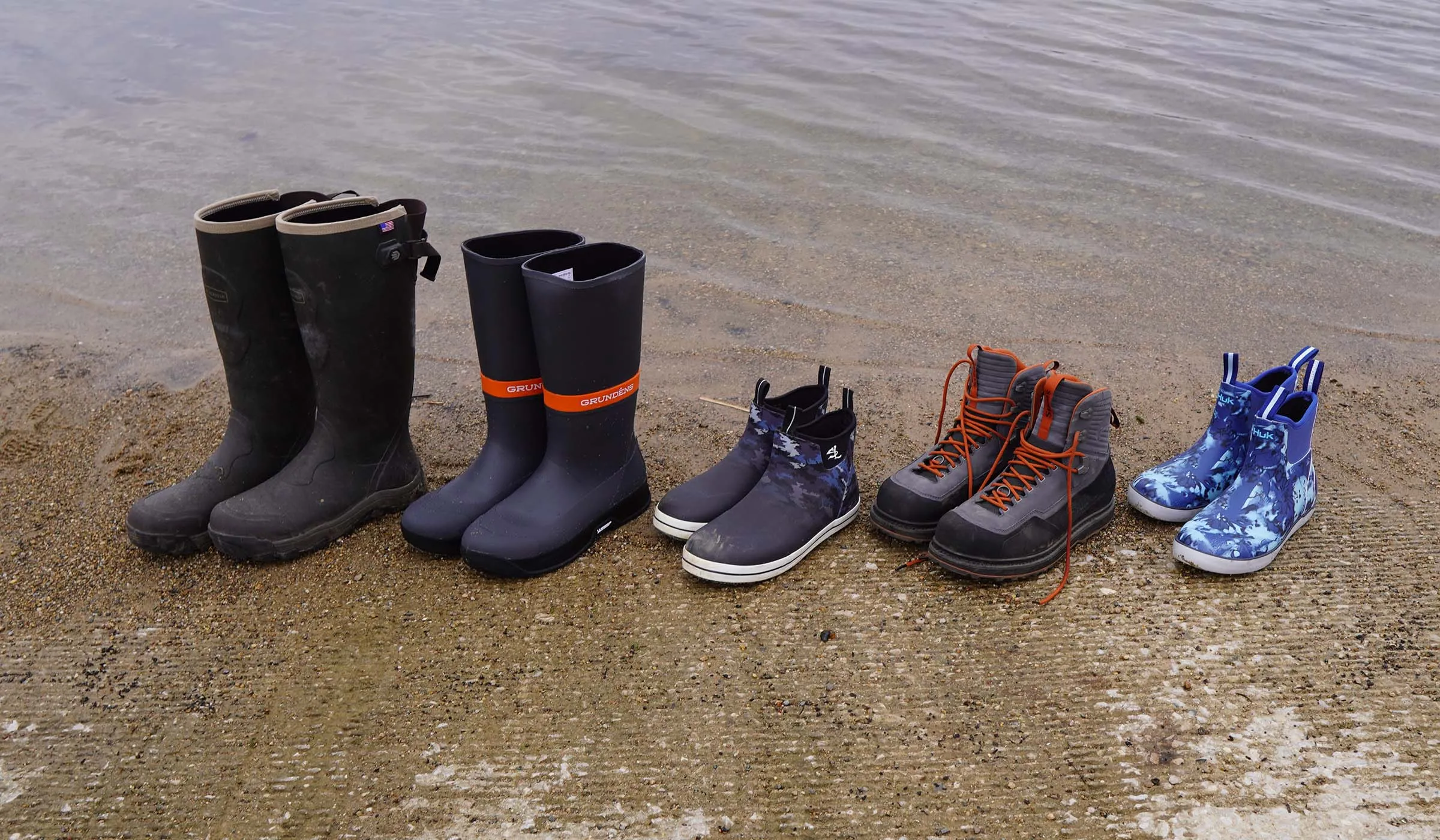Why Quality Matters in Fly Fishing Boots
When you spend hours navigating rivers, streams, and lakes, having the right gear can make all the difference. Fly fishing boots are not just about style; they are essential for safety, comfort, and performance. A high-quality pair ensures you can wade through slippery rocks, maintain balance in fast currents, and stay comfortable even after long hours on the water. Investing in reliable fly fishing boots means fewer injuries, better traction, and an overall more enjoyable experience during your angling adventures.
Materials and Construction of Fly Fishing Boots
The durability and comfort of fly fishing boots heavily depend on the materials used. Most premium boots are made from a combination of waterproof leather, synthetic fabrics, and breathable membranes. These materials not only keep your feet dry but also allow airflow to prevent overheating. A well-constructed sole is equally crucial; felt soles provide excellent grip on wet rocks, while rubber soles offer durability and versatility for different surfaces. Understanding the construction of your fly fishing boots helps you choose a pair that aligns with your fishing environment and personal comfort preferences.
Fit and Comfort for Long Days
Comfort is paramount when selecting fly fishing boots because you might spend hours standing or wading. A proper fit should feel snug but not tight, with enough room to wear moisture-wicking socks that enhance comfort. Many boots include padded collars and cushioned insoles to reduce fatigue, while reinforced toe caps protect against accidental bumps. Choosing fly fishing boots that prioritize ergonomic support ensures that your feet remain comfortable, even during extended fishing trips.
Types of Fly Fishing Boots
There are several types of fly fishing boots, each designed for different water conditions and fishing styles. Felt-soled boots are traditional and provide superior traction on slippery riverbeds. Rubber-soled boots are more versatile, suitable for both wet and dry terrains, and easier to maintain. Some boots even feature interchangeable soles, allowing anglers to switch between felt and rubber depending on the day’s conditions. Understanding the types of fly fishing boots available helps you make an informed choice that maximizes both safety and performance.
Waterproofing and Breathability
One of the most critical features in fly fishing boots is waterproofing. High-quality boots prevent water from seeping in while allowing sweat and heat to escape. Gore-Tex and other breathable membranes are popular choices because they combine waterproof protection with ventilation. Boots lacking proper waterproofing can lead to discomfort, cold feet, and even long-term damage to the material. When shopping for fly fishing boots, always check for materials and technology designed to keep your feet dry and comfortable throughout your fishing day.
Traction and Stability on Varied Terrain
Anglers often face slippery rocks, mud, and uneven riverbeds, making traction essential. The sole design of fly fishing boots plays a vital role in preventing slips and falls. Felt soles grip slick surfaces, while rubber soles handle rougher terrain without sacrificing stability. Some modern boots include hybrid soles or studded options for enhanced grip. Ensuring your fly fishing boots provide adequate traction allows you to focus on fishing rather than worrying about losing your footing.
Maintenance and Longevity
Proper care extends the life of your fly fishing boots and maintains their performance. Rinse them with fresh water after each trip to remove dirt and minerals that can degrade materials. Allow them to air dry away from direct heat to prevent cracking. Conditioning leather parts and periodically checking soles for wear ensures your fly fishing boots remain reliable for years. Maintenance is a small effort that pays off with consistent performance and comfort every time you hit the water.
Choosing the Right Pair for You
Selecting the perfect fly fishing boots depends on your fishing style, water conditions, and personal comfort needs. Consider the terrain you’ll encounter, the length of your fishing trips, and your preference for materials and sole types. Investing time in research and trying different pairs ensures you find boots that enhance your fishing experience rather than hinder it. The right fly fishing boots are not just gear—they are an essential part of your success and enjoyment on the water.
Conclusion
For anglers who spend long hours wading, a high-quality pair of fly fishing boots is indispensable. From materials and comfort to traction and waterproofing, every aspect contributes to a safer and more enjoyable experience. By choosing fly fishing boots designed for your specific needs and maintaining them properly, you ensure that your time on the water is focused on fishing rather than discomfort or risk. Make your next fishing adventure your best yet with the ultimate fly fishing boots for long days on the water.



